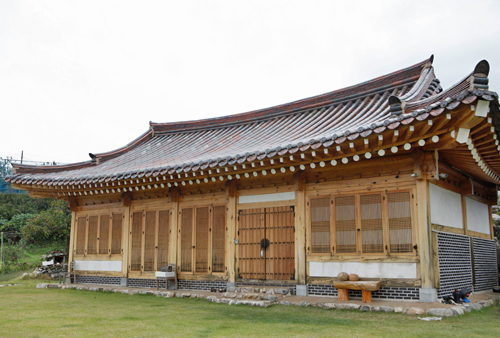Eoreumgol Hanok Pension (얼음골한옥펜션&캠핑장)
20.0Km 2024-12-13
11-12 , Hayangjian-gil, Miryang-si, Gyeongsangnam-do
+82-10-7100-6203
Eoreumgol Hanok Pension is a hanok pension located between Gajisan Provincial Park and Unmunsan County Park in Gyeongsangnam-do. There are three guest rooms in the pension that have been constructed with red clay, hardwood charcoal powder, and red clay hemp cloth in order to provide health and healing to guests. For convenience, it is equipped with a modern kitchen and bathroom, as well as an outdoor swimming pool, outdoor barbecue facilities, and traditional games like rolling hoops and tuho (arrow-throwing). Each season, the pension operates an outdoor campsite and organizes apple and chestnut picking activities.

 English
English
 한국어
한국어 日本語
日本語 中文(简体)
中文(简体) Deutsch
Deutsch Français
Français Español
Español Русский
Русский